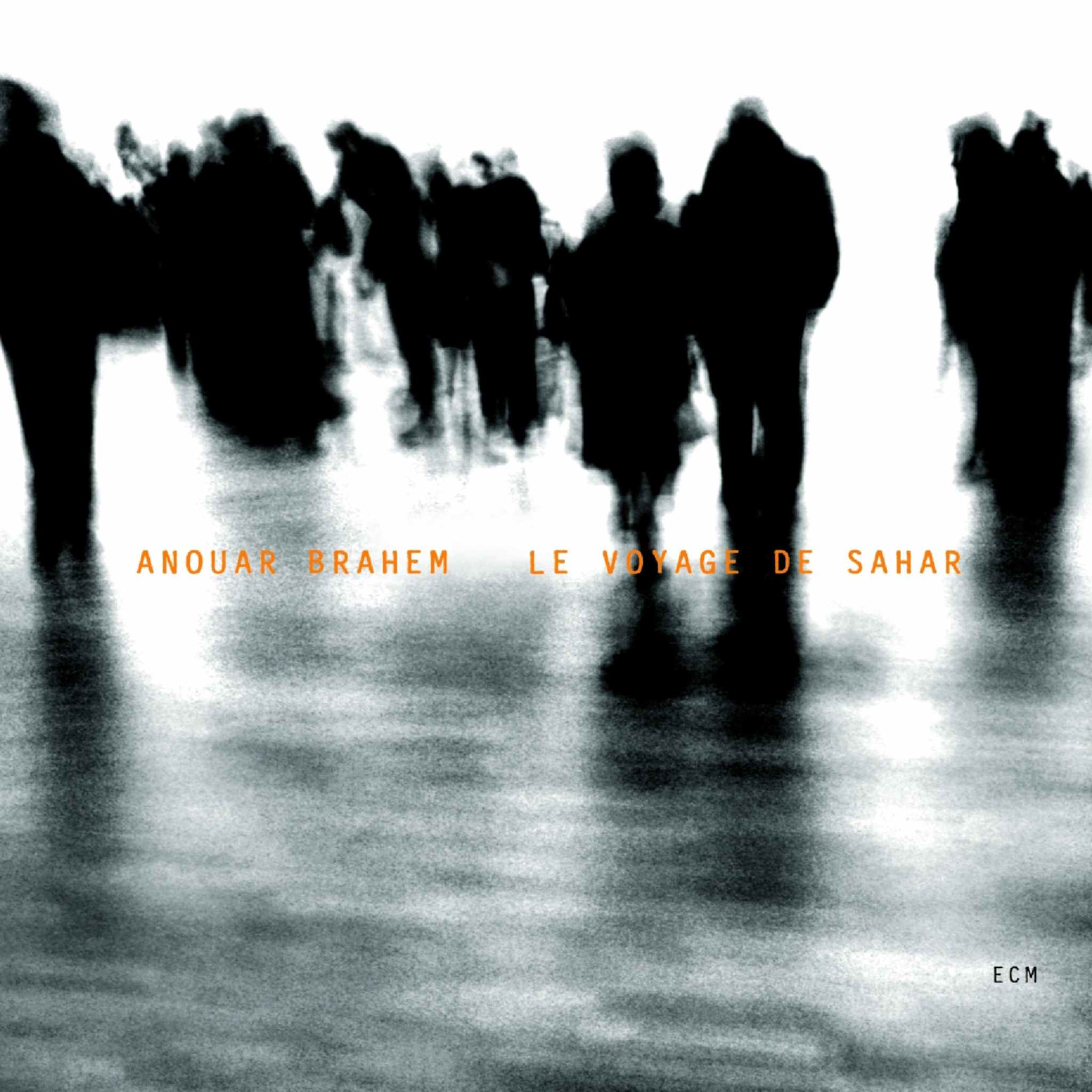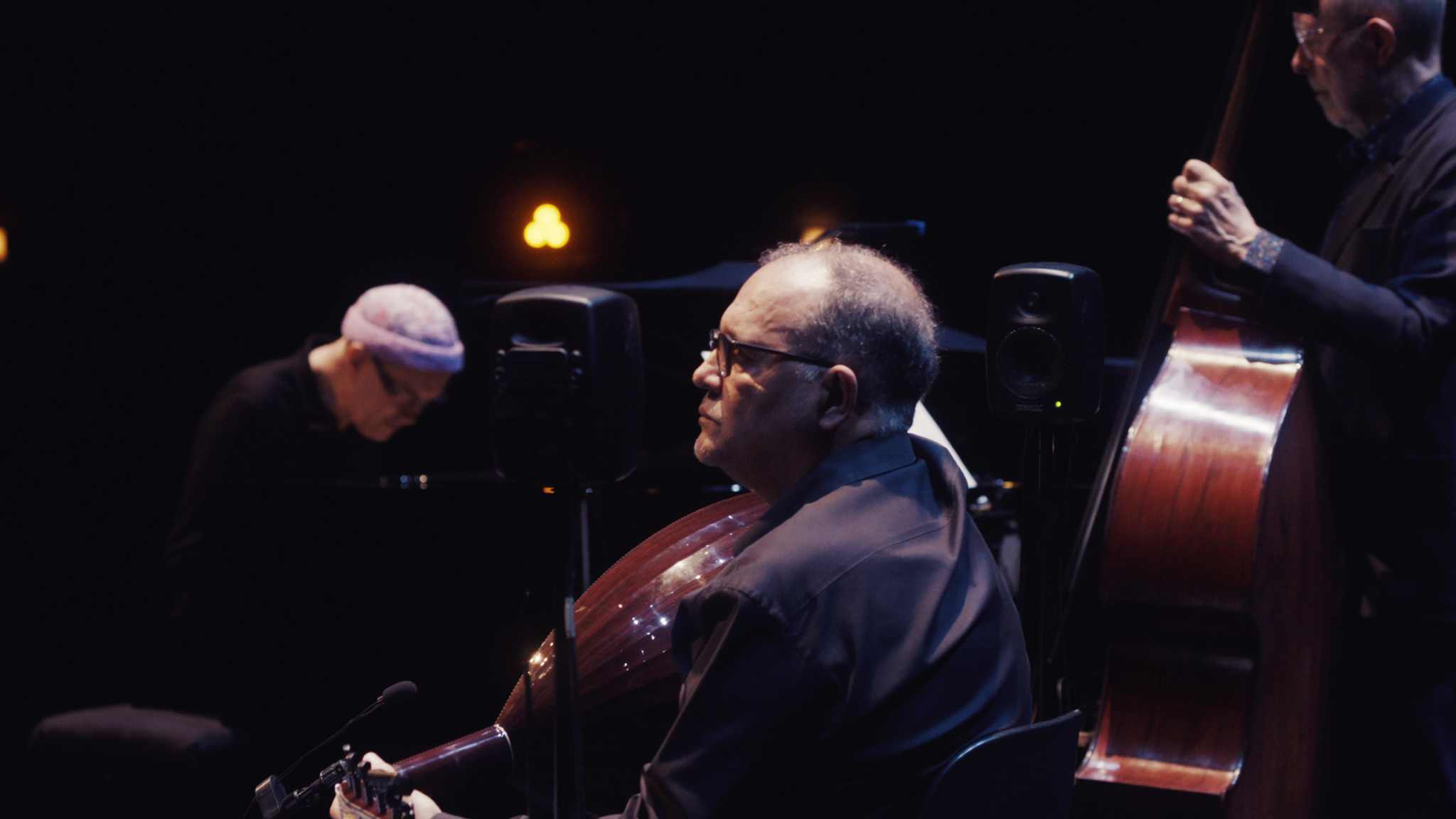Album insights
Liszt was first exposed to Paganini's music in April 1831, inspiring him to create new technical masterpieces on the piano that could express previously unexpressed musical ideas. This led to a trend of composing pieces based on Paganini's melodies, with Schumann and Liszt at the forefront. Liszt's compositions, like the Grande Fantaisie de bravoure sur "La Clochette" and the Carnaval de Venise, showcased his admiration for Paganini's work.
Peter Gammond's 1966 book, "Bluff your way in Music," humorously criticizes Paganini's stature as a composer. Liszt and Schumann embraced the trend of writing pieces based on Paganini's melodies, leading to Liszt's Etudes d'exécution transcendante d'après Paganini. These etudes, dedicated to Clara Schumann, exemplify Liszt's extraordinary skill in incorporating Paganini's themes while adding his own artistic flourishes.
Paganini's Capriccios and their influence on musicians and composers served as the foundation for Liszt's Etudes de Paganini. Liszt's creative adaptations of Paganini's works, such as La Campanella and La Chasse, demonstrated his virtuosity and innovation in translating violin pieces for the piano. The evolution of Liszt's etudes over time reflects his deep reverence for Paganini's compositions.
Mazeppa, reminiscent of Liszt's later symphonic poems, stands out as a precursor to his transcendental etudes. Liszt's Technical Studies, an exploration of piano technique, provide a glimpse into his brilliance in manipulating various musical elements. Liszt's testament to musical experimentation and creativity shines through in these compositions, showcasing his mastery of the piano.



